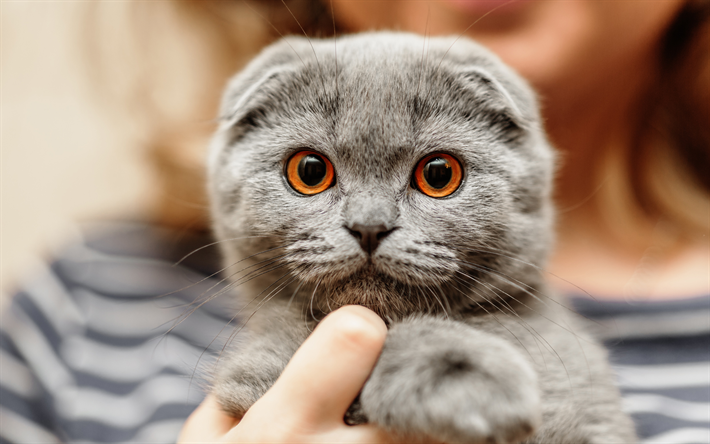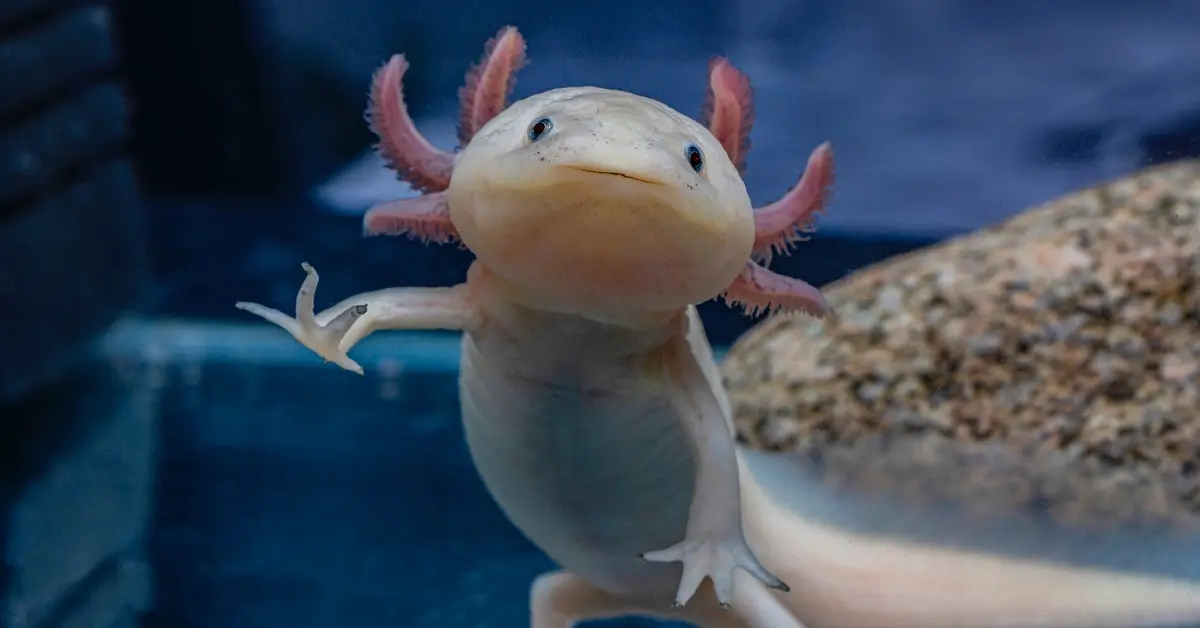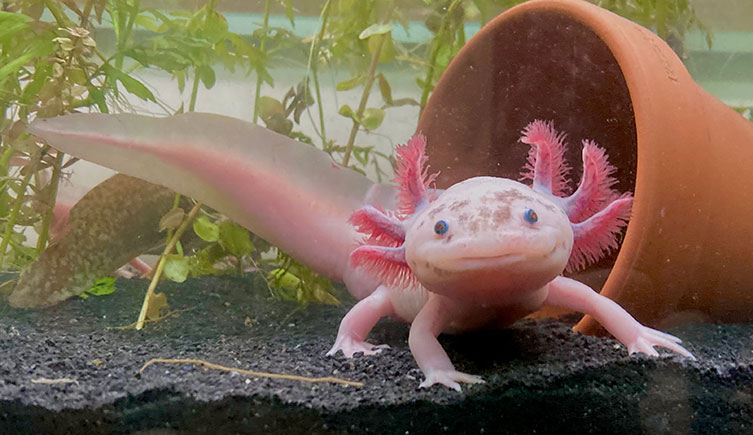zoomacademia.com – Cats have been our companions for thousands of years, and yet they still manage to surprise us with their quirky behaviors, unique abilities, and fascinating history. Whether you’re a seasoned cat lover or simply curious about these mysterious creatures, here are some fun and surprising facts about cats that will make you appreciate them even more!
1. Cats Can’t Taste Sweet Things
Believe it or not, cats are one of the few mammals that cannot taste sweetness. This is because they lack the necessary taste receptors for sweet flavors. While most humans crave sugar, cats remain completely uninterested in it! Their diet is primarily carnivorous, so they evolved to focus on savory, meaty flavors instead.
2. Cats Sleep 12-16 Hours a Day
Cats are true nap champions! On average, they sleep anywhere between 12 to 16 hours per day, which means they spend about two-thirds of their lives asleep. This behavior stems from their wild ancestors, who needed to conserve energy for hunting. Even though domestic cats don’t need to hunt, the habit remains.
3. Cats “Knead” You for Comfort
Have you ever noticed your cat rhythmically pressing its paws into your lap, a soft blanket, or even your belly? This is called “kneading,” and it’s a behavior that stems from kittenhood. Kittens knead their mother’s belly to stimulate milk flow, and as adult cats, they often knead when they’re feeling relaxed, happy, or seeking comfort.
4. Cats Have a Highly Developed Sense of Hearing
Cats have one of the best senses of hearing among mammals. They can hear sounds up to 64,000 Hz, compared to humans who can only hear up to 20,000 Hz. This allows them to detect the tiniest rustles or high-pitched sounds, making them excellent hunters. In fact, their swiveling ears can rotate 180 degrees to hone in on a sound.
5. The Oldest Known Pet Cat Dates Back to 9,500 Years Ago
The bond between cats and humans is ancient! The oldest evidence of a pet cat was found in a 9,500-year-old grave on the Mediterranean island of Cyprus, where a cat was buried alongside its human owner. This predates the Egyptians’ domestication of cats by thousands of years.
6. Cats Have Whiskers on More Than Just Their Faces
While most people are familiar with the long whiskers on a cat’s face, did you know they also have whiskers on their legs? These “carpal whiskers” are located on the back of a cat’s front legs and help them detect nearby objects, especially while hunting or moving in the dark.
7. Cats Can Rotate Their Ears Independently
Each of a cat’s ears has 32 muscles that allow them to rotate independently. This means your feline friend can rotate one ear to listen in one direction while keeping the other ear facing forward. Their ears’ amazing mobility is key to their survival in the wild, helping them detect both prey and potential dangers.
8. Cats Are Super Clean Animals
Cats spend a significant portion of their waking hours grooming themselves. Their rough tongues help remove loose fur, dirt, and parasites from their coats. Grooming also helps regulate their body temperature and stimulates blood flow. It’s like a self-care ritual that keeps them healthy and looking fabulous!
9. Cats Communicate With Humans Through Meowing
Interestingly, adult cats do not typically “meow” at each other in the wild. Meowing is a behavior developed to communicate with humans. Cats can use different tones and pitches of meows to express various needs or emotions, from hunger and affection to frustration and distress. So if your cat is meowing, they’re talking specifically to you!
10. Cats Can Jump Up to Six Times Their Body Length
Cats are excellent jumpers, capable of leaping up to six times their body length in a single bound. This incredible athleticism comes from their strong hind leg muscles, which allow them to launch into the air effortlessly. It’s one of the reasons they’re such great hunters and why they always seem to get to those hard-to-reach places.
11. A Group of Cats is Called a “Clowder”
If you ever find yourself surrounded by a bunch of cats, congratulations—you’re in the midst of a “clowder.” That’s the official term for a group of cats. And if you see a group of kittens, they’re referred to as a “kindle.”
12. Cats Can Make Over 100 Different Sounds
While dogs are known to have a limited range of vocalizations (about 10 sounds), cats have an impressive repertoire of over 100 different sounds. From meows and purrs to hisses and growls, cats use a wide variety of noises to communicate with humans and other animals. Each cat has its own unique “voice” and can develop specific sounds based on its interactions with its owner.
13. The World’s Oldest Cat Lived to Be 38 Years Old
The longest-living cat on record was a feline named Creme Puff, who lived an incredible 38 years and 3 days! This is quite a feat, considering the average lifespan of an indoor cat is typically 12 to 16 years. Creme Puff’s long life remains a testament to how well cats can age with proper care and attention.
14. Cats Can’t Climb Down Trees Headfirst
You may notice that when a cat climbs a tree, it tends to get stuck or struggle to come down. That’s because a cat’s claws are curved backward, which is perfect for climbing up but not for climbing down. To descend safely, cats must back down the tree tail-first.
15. Cats Use Purring for More Than Just Happiness
While we often associate a cat’s purr with happiness or contentment, cats also purr when they are frightened, in pain, or even during childbirth. Some experts believe that purring has healing properties, as the low-frequency vibrations may help to heal bones and reduce pain.
Conclusion: The Fascinating World of Cats Cats may be mysterious and independent, but they are also full of surprises! From their unique behaviors to their ancient history, these fun facts show that there is much more to our feline friends than meets the eye. Whether they’re napping, grooming, or kneading your lap, cats continue to charm and fascinate us with their quirky ways.







